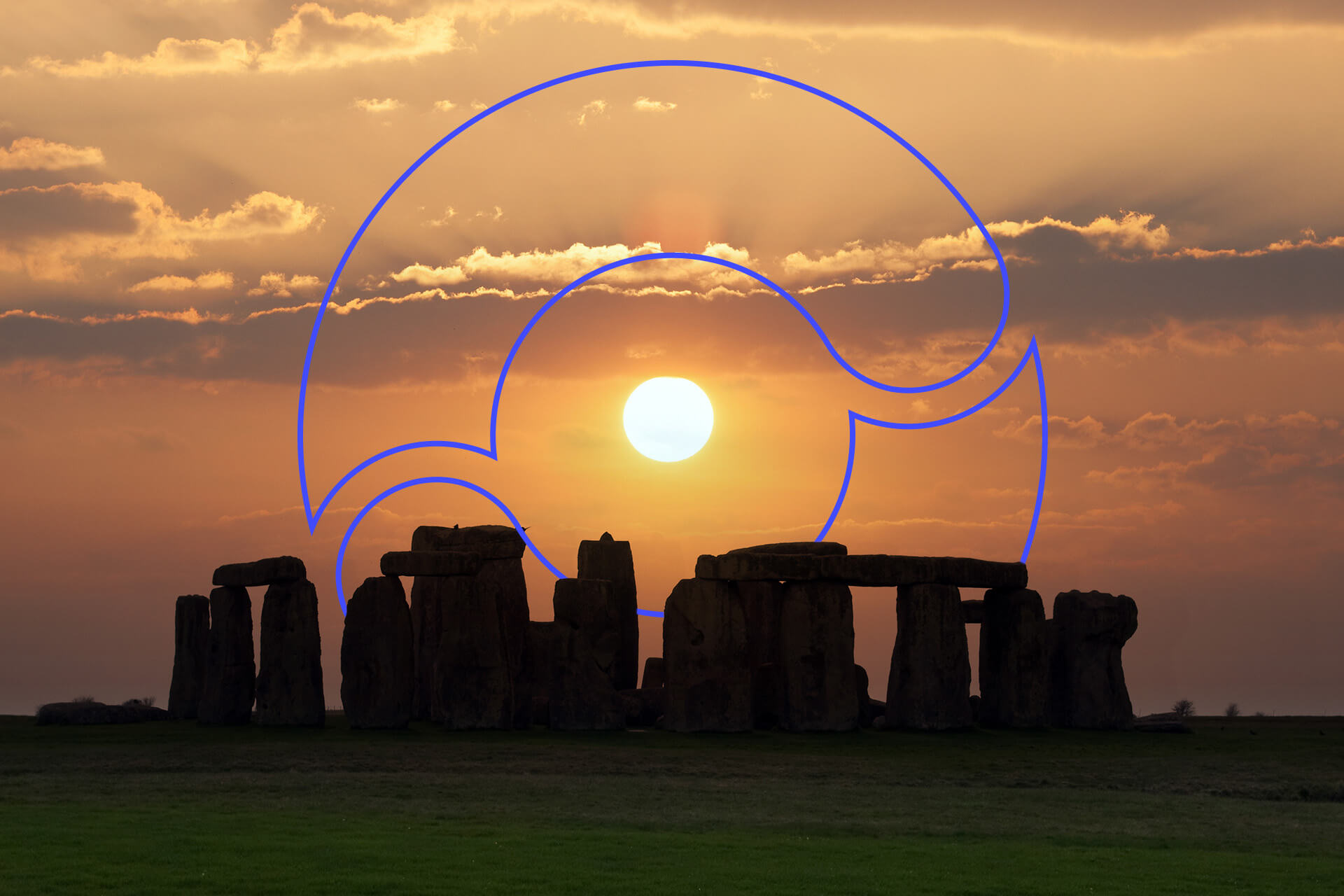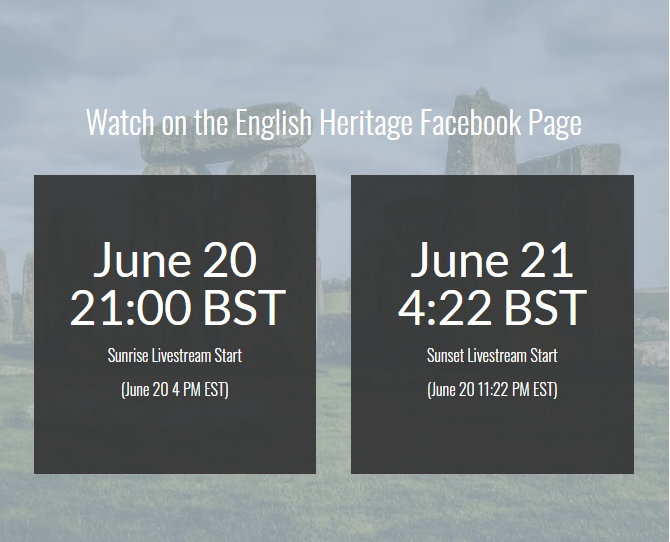
How to Watch the Stonehenge Summer Solstice Livestream
June 19, 2020 - Emily Newton
Revolutionized is reader-supported. When you buy through links on our site, we may earn an affiliate commission. Learn more here.
One of England’s most ancient traditions is taking an unexpected leap into the modern era this year. Due to coronavirus lockdowns, the annual Stonehenge Summer solstice event won’t take place this year, at least not in person. English Heritage, who cares for the site, will instead stream the occasion live.
If you were planning on going to the solstice in person, you’ll still be able to see it. If you weren’t planning on flying all the way to England, you don’t have to now. This livestream will bring the historied tradition to audiences across the world for the first time ever.
Here’s some more information if you want to take part in the Stonehenge Summer solstice livestream.
What Is the Stonehenge Summer Solstice Event?
You might be unfamiliar with this event, but it’s part of an ancient tradition. While historians still don’t know the exact purpose of Stonehenge, they know it had something to do with the solstices. Researchers discovered that some stones frame the sun at sunrise and sunset during the solstices.
If you stood in the middle of Stonehenge on the solstice, the sun would rise above a stone called the Heel Stone. At dusk, you’d see the sun fall behind a sandstone block called the Altar Stone. This framing happens on both the Summer and Winter solstices, so it was most likely intentional.
History has concealed the original effects of the Summer solstice at Stonehenge. Over time, the site has fallen apart, so some structures are no longer standing. Despite millennia of decay, though, you can still appreciate how the remaining structures frame the sun during the solstice.
It’s evident that people used this structure during the solstice, but it’s unclear what those celebrations looked like. Nearby archaeological evidence suggests that it may have also been a burial site or hosted a feast. None of that goes on today, but people still gather at the monument.
Visiting Stonehenge to witness this solar framing in person has become a tradition again. Every year, thousands of people gather to watch the sunrise and, later, watch it set. Because of COVID-19 concerns, though, the site has been closed since mid-March.
When Is the Summer Solstice?
The solstices mark when the sun is at its furthest point from the equator. In the Summer, this moment happens when the sun is directly over the Tropic of Cancer. This creates the longest day of the year in the Northern Hemisphere, often celebrated as “midsummer.”
Technically, the solstice only lasts for a second, but people usually celebrate the entire day. This year, the Summer solstice falls on Saturday, June 20, at 21:43 Universal Coordinated Time (UTC). That’s 5:43 p.m. in Eastern Daylight Time (EDT) and 22:43 British Summer Time (BST), the timezone Stonehenge is in.
Depending on your location, you may see people celebrate either Saturday or Sunday as the solstice. That’s because which day ends up being the longest one of Summer (or shortest one of Winter) varies depending on your timezone and hemisphere. If you live in the Southern Hemisphere, you’ll notice that these days are the shortest of the year for you due to the tilt of Earth’s axis. While the Northern Hemisphere is about to celebrate it’s summer solstice, the Southern Hemisphere will celebrate their winter solstice.
Where Can You Watch the Livestream?
While you can’t take part in this ancient tradition in person this year, you can still enjoy it. English Heritage will be streaming both sunrise and sunset on the solstice on their social media pages. You can find this livestream on their Facebook, which has already posted an event page for it.
The Stonehenge Summer solstice livestream will begin around 21:00 BST on Saturday, June 20, or 4 p.m. EDT. That’s roughly half an hour before sunset, giving viewers plenty of time to log on and watch. They’ll also broadcast the sunrise on Sunday, June 21, at around 4:22 BST, which is 11:22 p.m. the night prior in EDT.

You can go to the event page on Facebook and click “Get Reminder” if you want an update before it starts. Otherwise, you could set an alarm on your phone before the livestream begins. Remember to check on times in your timezone. You don’t want to miss it!
What If You Miss the Broadcast?
If you slept through your reminders and missed the livestream, there’s no cause for alarm. One of the advantages of showing the event on social media is you can go back and watch it later. Facebook saves live videos after they finish, so you don’t have to be on time to see the event.
You can go to English Heritage’s Facebook page to find the video after the livestream ends. If you don’t want to get up early or stay up late to watch it, you can take advantage of this feature. Even though this broadcast of the event comes out of necessity, it makes it the most accessible the celebration has ever been.

Adapting Age-Old Traditions to Modern Solutions
Not being able to see the Stonehenge Summer solstice event in person is doubtlessly disappointing to many. Through these unfortunate circumstances, though, more people can enjoy the sight than ever before. It may have taken a pandemic, but this ancient tradition has finally stepped into the modern age.
The coronavirus outbreak has changed the way many events take place this year. The accessibility of these changes may set a precedent for celebrations in the future, though. Tools like social media and livestreaming are helping to bring these moments to as many people as possible.
Revolutionized is reader-supported. When you buy through links on our site, we may earn an affiliate commission. Learn more here.
Author
Emily Newton
Emily Newton is a technology and industrial journalist and the Editor in Chief of Revolutionized. She manages the sites publishing schedule, SEO optimization and content strategy. Emily enjoys writing and researching articles about how technology is changing every industry. When she isn't working, Emily enjoys playing video games or curling up with a good book.







